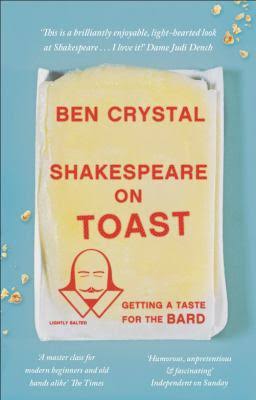I first had fettuccine Alfredo in 1966–served to me by Alfredo.
I was just fifteen, traveling with my parents. Getting to Italy was a lifelong dream of my dad’s, and we had the pleasure of coming along when he fulfilled that dream. He’d studied Italian history, art, and culture for years, and had been drilling us on useful Italian phrases for nearly a year before the trip–where is my hotel, a table for four please, how much does that cost, bring the check please, and so on.
Long before we arrived, dad had figured out many of the places where he wanted to dine, mostly historic venues (such as Hostaria dell’Orso, which had been a favorite of Dante’s), while leaving plenty of room for discovering charming little trattorias. Among the must-visit places was Alfredo al Augusteo, the source of fettuccine so good that Mary Pickford and Douglas Fairbanks Jr. had given Alfredo a golden fork and spoon for consuming the dish.
At fifteen, I was not as saturated with history as my dad was, and I probably could not at that time have told you who Pickford and Fairbanks were, but I knew if my dad was impressed, I would be, too. The restaurant was a delight, walls covered with photos of movie stars and heads of state who had dined there. Overhead, a massive marble frieze showed Alfredo in a Roman chariot, one hand holding the reigns, the other holding a plate of the namesake pasta.
The menu at the time bore the words Il vero re della fettuccine–the true king of fettuccine. However, when he signed our menus, Alfredo gave himself a promotion, to Imperatore, or Emperor, a title that now seems to have eclipsed his claim to being king.
Alfredo Di Lelio was already famous even then, but far from stuffy or impressed with himself. He was a showman, and he loved anyone who loved what he did. For people with whom he connected, he would toss the fettuccine tableside. Order the crepes, and he would come out dancing, ladling flaming brandy into the air. It was great fun. My dad, who could make friends with a doorpost, charmed Alfredo, and we went back often, each member of the family being offered the golden fork and spoon on subsequent nights (a sign that Alfredo had taken a fancy to you). He related how the fettuccine recipe was born–it was something his wife could keep down while she was pregnant.
A few visits into our first trip to Italy, my dad jotted a bit of light verse on a piece of paper and handed it to Alfredo, sealing the friendship. I sometimes think that our trip back the following year was just so dad could go to Alfredo’s again–and, happily, Alfredo remembered him and welcomed him enthusiastically.
In the photo below, I’m the teen on the left, and that’s Alfredo with his arm around me. The handful of pasta is dry, kept handy as a prop for photo opportunities. Mom thought she was getting out of the photo.
Of course, the experience was memorable, but for me, it was one more reason to be amazed by my father.
And here is the poem:
To Alfredo
Firenze, Roma, or Milano,
Who’s the number one Paisano?
Who’s “tops” with burro and formaggio?
Who should sit for Caravaggio?
This charming Re. This handsome fellow.
No, He should sit for Raphaello.
Better yet, call for Bernini
To sculpt the King of Fettuccine!
And should you be headed to Italy, here is the website for Il Vero Alfredo–the true Alfredo. http://www.ilveroalfredo.it/



 First Folio
First Folio 






